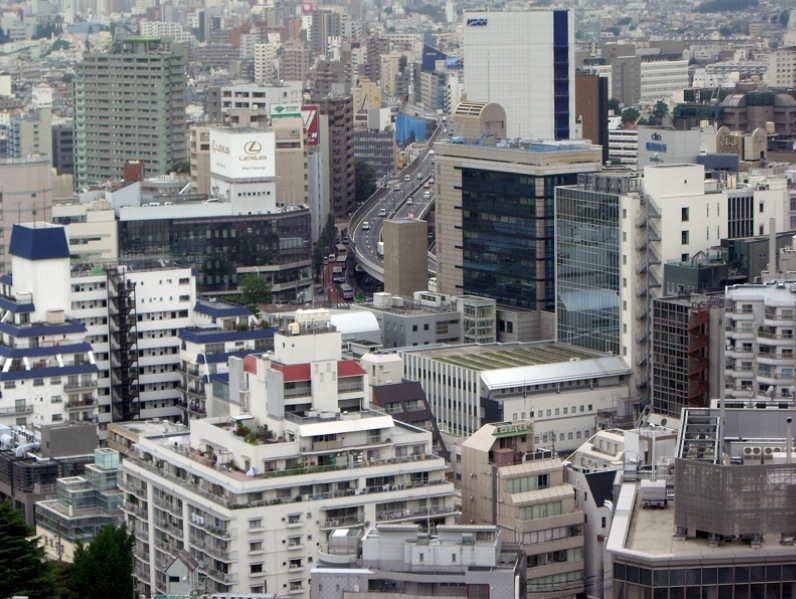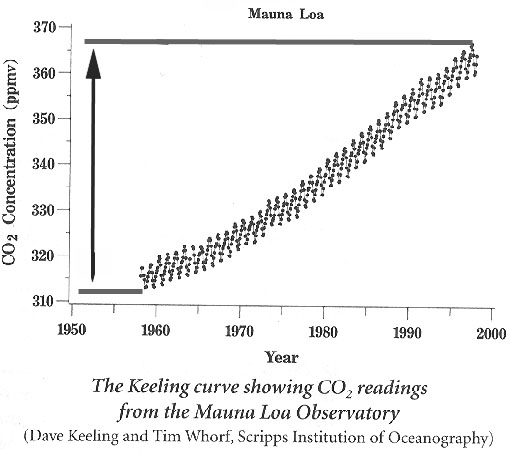Threshold is the point at which the support capacity of a system is exceeded
Assimilate – the products or
byproducts of consumption and still absorb
& render waste harmless.
Carry – the weight of the
demands for ecosystem goods & services over
time at a pace that allows for recovery of the resource.
Just as a traffic flow is
regulated by signals, so the ecosystem’s flows can be thought of as warning
lights:
Green light until the carrying capacity is exceeded
Amber light is when the assimilative
capacity is approached
Red light is when both the
carrying & assimilative capacity are exceeded.
Bulleted outline:
1.
Overview { 207
2.
Calculating consumption { 210
6.5
fold population increase, vs. 20-fold > in energy use globally 1850
3.
Natural capital { 212 “—Earth’s
ecosystems–“ (211) are worth $33 trillion /
year
4.
Patterns of consumption { 216
5.
How others pay the price for us { 221
vocabulary | natural capital | threshold | outline
Consumption and its Costs:
1. “Two key related factors we have seen over and over again in patterns of human cultural evolution, and the pattern of environmental impacts caused by the consumption of human activities are the number of people involved and how that number is changing”
(207)
“This has been achieved by depleting humanity’s natural capital–using up vital resources far more rapidly than they can be replaced–and thus mortgaging our future.”
(208)
“...the global population shot up from 2.5 billion (1950) to 3.5
billion in 1970.”
2.
“switching to cleaner resources and technologies” & what is overpopulation
(211)
“With human beings, we can look at what is happening to a population’s resource base of natural capital, a key source of the flows of often irreplaceable ‘income’ that supports a population.”
“capacity to support a growing population”
3. Natural Capital is counted today by economists as a free good
“the point is that, to be safe you‘d need to take with you a vast array of different organisms. . . “ 600 % increase in area for ruminants in 300 years
(215)
Eleven percent of the earth's surface is arable land with marginal or more sources of renewable water, that is only going to dwindle. (JVS)
4.
“The Netherlands Fallacy” 130 versus 1000 p/m2; 1 sq. mile feeds 25K people
income inequality and wealth disparity is a mark of unbalanced affluence
(217)
5.
How others pay the price for us { 221
Rainforest and fisheries destruction
“The Sundaic lowland tropical rain
forests–may house more plant species than any equivalent area on earth,
and they are the tallest and perhaps the most beautiful of all tropical forests. . . .
Those forests have been almost completely destroyed in recent decades, largely
by local people paid by exploiters and entrepreneurs in service of rich-world
consumption, threatening a regional extinction episode of tragic proportions.”
“The tragedy, of course, extends to the masses
of poor people who gain little as their homeland’s are decimated”
222
6.
How the rich pay the price along with the poor {
225
“Ironically the process of producing consumer goods, which are disproportionately enjoyed by the rich, is the prime driver of the toxification of Earth, and consumption is the main route by which people in the rich countries are exposed to toxic substances.”
(225)
“ Pollution from cooking and space heating in the third world could be greatly ameliorated by relatively inexpensive changes in stoves . . . “ “childhood pneumonia . . . kills more children and generates more lost years of life than any other disease.”
(226)
“The mobility of toxins humanity lets loose in the biosphere [are] Many known poisons, carcinogens, and compounds that mimic human hormones have been tracked to the farthest reaches ...have nearly global distribution.”
(226)
“Humanity is running a vast chemical experiment in which all of us are the lab rats.”
(227)
7. Consumption and agriculture { 227
“The variety of foods now demanded by consumers
in developed countries carry substantial environmental costs.”
- water loss
- soil loss
- crop yield declines
- salinization of irrigated land
- loss of pollinators
“They include the energy costs of growing, harvesting, storing, and processing food and transporting it around the world; the health costs of pesticide use and antibiotic resistance promoted by the extensive use of antibiotics in livestock production; and the environmental costs of unnecessary packaging. . . “
227
“per capita meat consumption in China has doubled” in 20 years
(227-228)
“demand is rising fast for higher quality foods, especially animal products...."
(227)
"In terms of environmental damage, meat is much more costly to produce than are the staple food crops such as rice wheat, maize and potatoes."
(228)
"Moreover, grazing modifies the planet’s climate.”
(229)
The relocation of people by – choice, chance, forceful
displacement
Migration can increase exponentially, while populations increase in a fibonacci sequence.
“Millions more flee environmental degradation,
which is a major source of poverty.”
230
"People escaing resource wars'' exacerbated by desertification and sea level rise due to climate shifts may well cause "the majority of migrating people may well be environmental refugees"
"Today, from Africa to Iran to China, people are being forced to move in the face of spreading deserts."
The density dependent character of contagious
illnesses, parasites and cholera
“One final way in which the size of the human population influences its fate is its contribution to our vulnerability to epidemic disease, what is sometimes called the decay of our epidemiological environment.”
230
“but larger numbers of
people also increase the chance of the disease spreading.
231
“Population size also influences the odds of
new strains of known pathogens developing and spreading, such as the deadly
Ebola or Marburg viruses, . . “
231-32
“horrendous epidemics
are greatly enhanced by high-speed transportation systems.”
“encouraging the
evolution of more antibiotic-resistant strains”
232
Human future
“faces a series of entwined dilemmas:”
density and
patterns of consumption
susceptibility to epidemics
distribution of resources
wealth (imbalance of)
people (and arable land + food habits)
232
“the continued failure to know what humans really want...”
233
“the poor a better level of living”
“could endanger the well-being of even the rich” due to
debilitating costs Everglades
restoration is costing $11 billion
Iraq and Afghanistan cost the USA – $ One Trillion / decade
233
Vocabulary
The amount of biomass
capable of indefinitely sustaining life over time as producers (plants & bacteria) convert energy into
matter in any place.
Commons, The tictactoeCommons.html
The
measure of living substance (organic matter) produced by producer
organisms in an area, place or habitat the product of NPP.
supply and demand,
solar,
geothermal,and celestial (tides) forces supply
the energy in needed
for an ecosystem to prosper – hence the supply is force (M*V2) converted into food, fuel, fiber or
forage[1].
The
demand is the amount of respiration
used in making surplus biomass and the aggregate demands of consuming and
decomposing organisms on the supply of edible, digestible, and reusable
material for life
number of people and change over
time,
is based on population momentum, or the number of potentially fertile
females in their reproductive years
(humans are 15-45) and the number
of children they have in their lifetime–measured as the total fertility
rate [TFR], especially healthy female offspring.
rule of seventy (72),
the percent of change over time is divided by seventy
(actually 72) to establish the
logarithmic rate of increase; or the elapsed period
it takes for a known amount to double in size in the future.
resistance and immunity,
based in the genetics of natural selection or artificial
selection the ability of organisms
to withstand adversity and survive, despite mortal
threats to the population.
Bateson’s laws, perception is both a means & a solution to pattern recognition.
Elephants or pachyderms
a grazing (first level consumer) animal found in Africa, India, and Indonesia is actually and evolutionary signal and ecological sentinel species supporting dung beetles, who nourish the grasslands by turning over the feces, grass maturation, grassland herbivore, and grazer populations and this the tree-savannah ecosystems.
From one animal species based on their behaviors there emerge many benefits, this is true of beavers, sea otters, gopher tortoises, and alligators.
Ecological trap – the linkage of population
and consumption growth with the
destruction of natural capital as a consequence (William Vogt,
223) inevitable loss is built in to the functional skills of genomes, organisms
& ecosystems.


